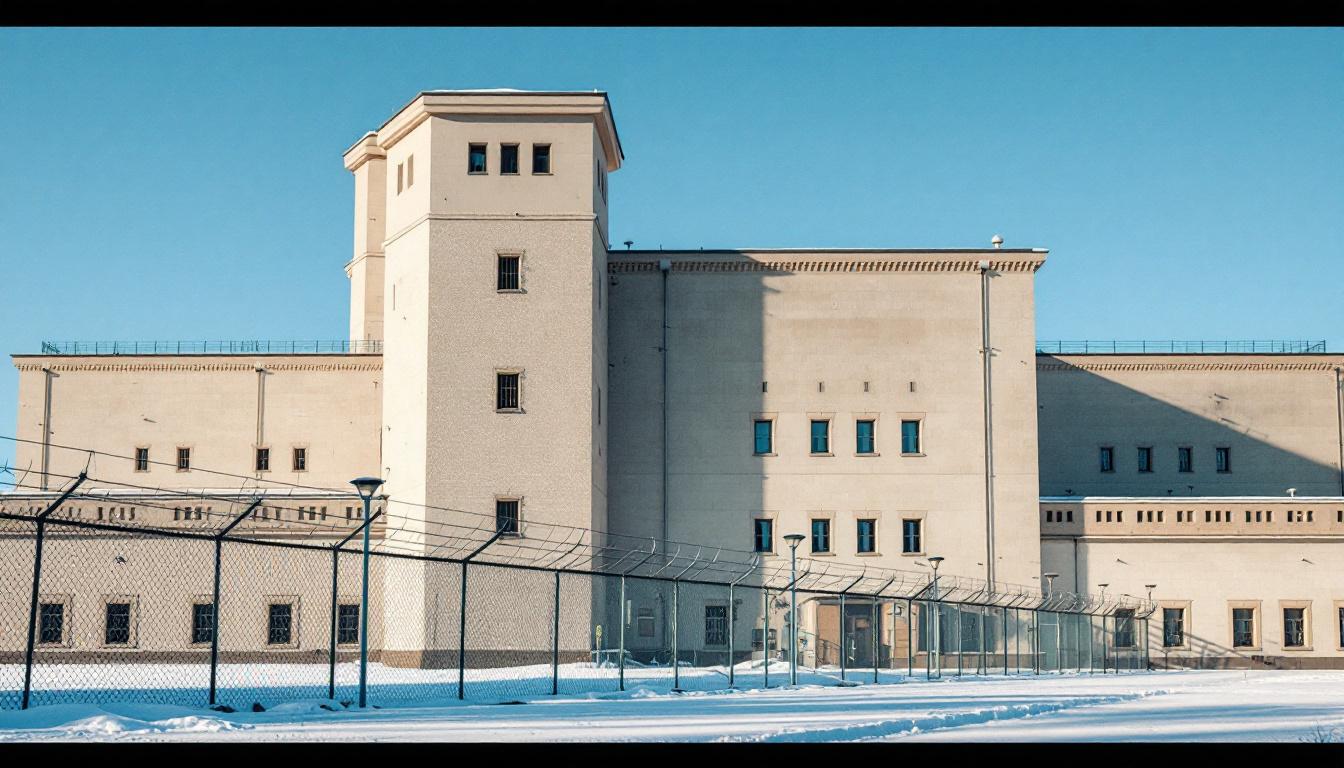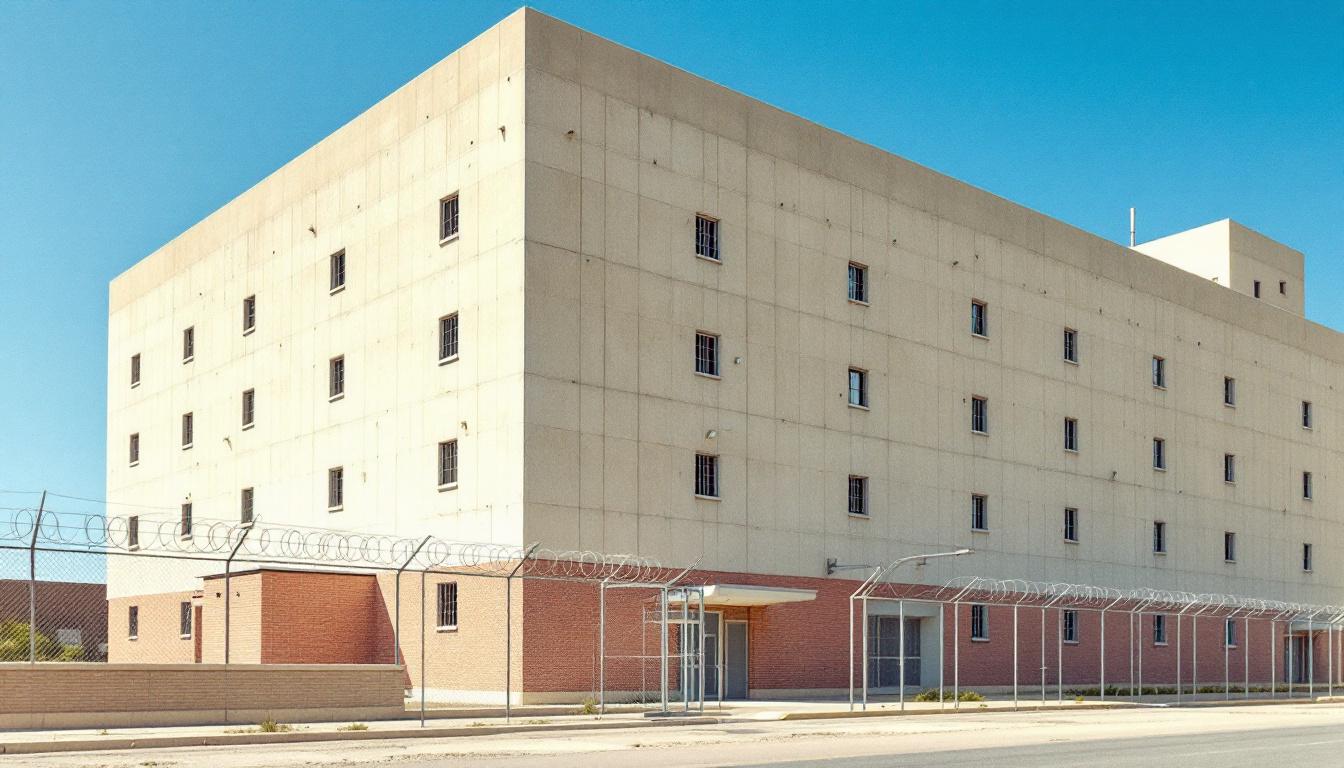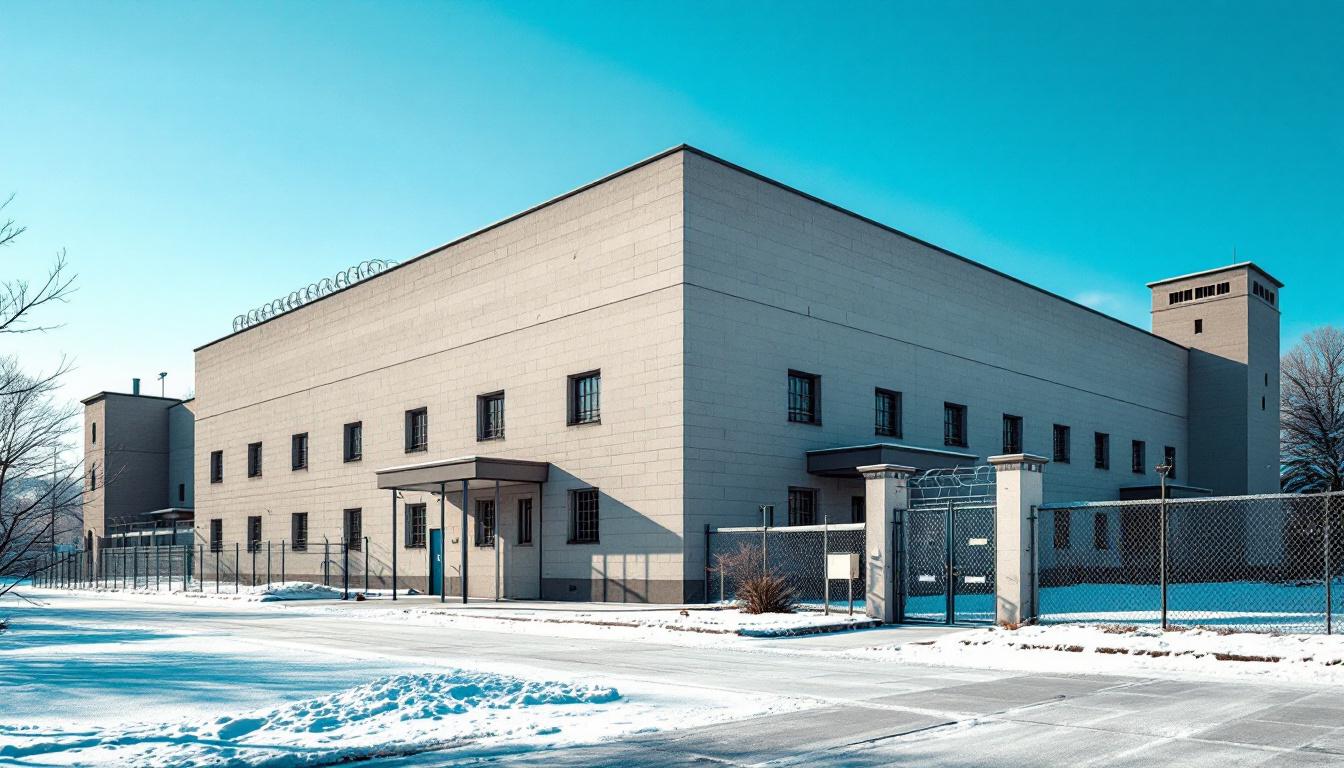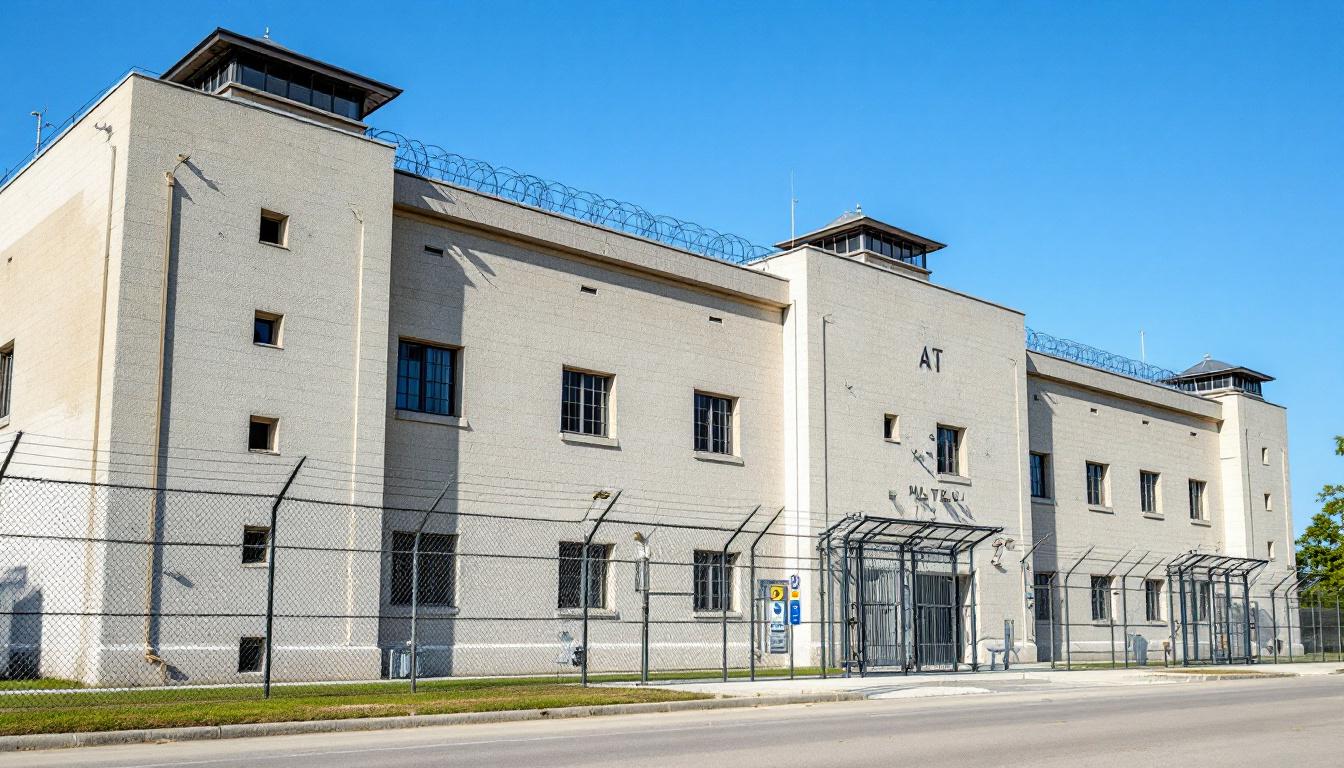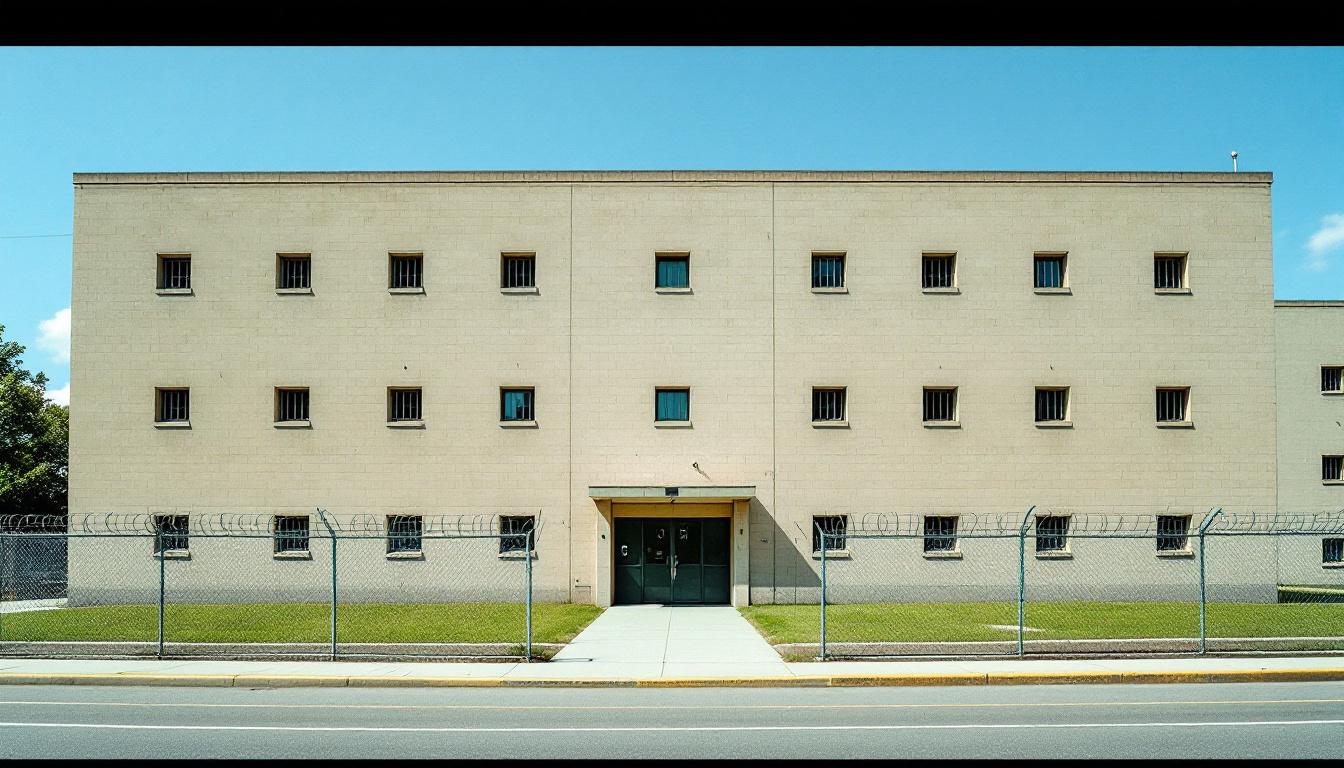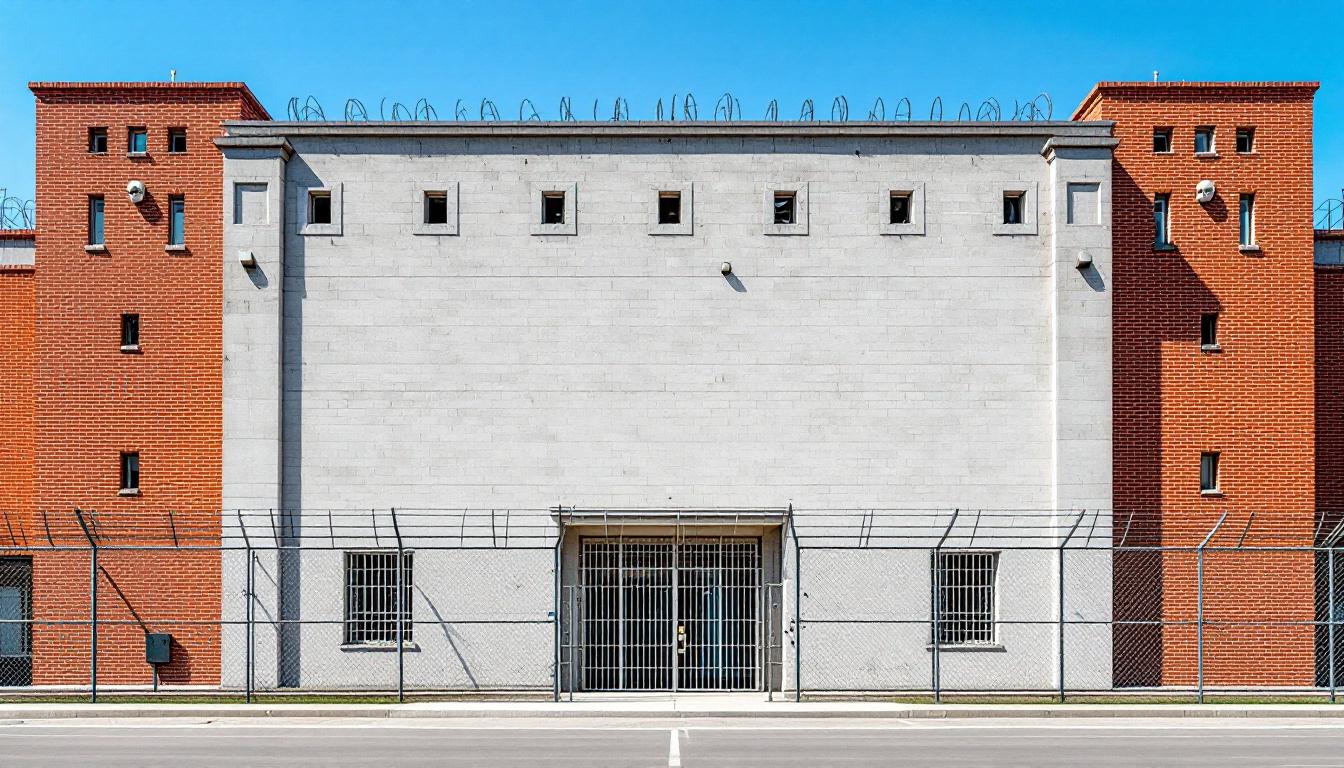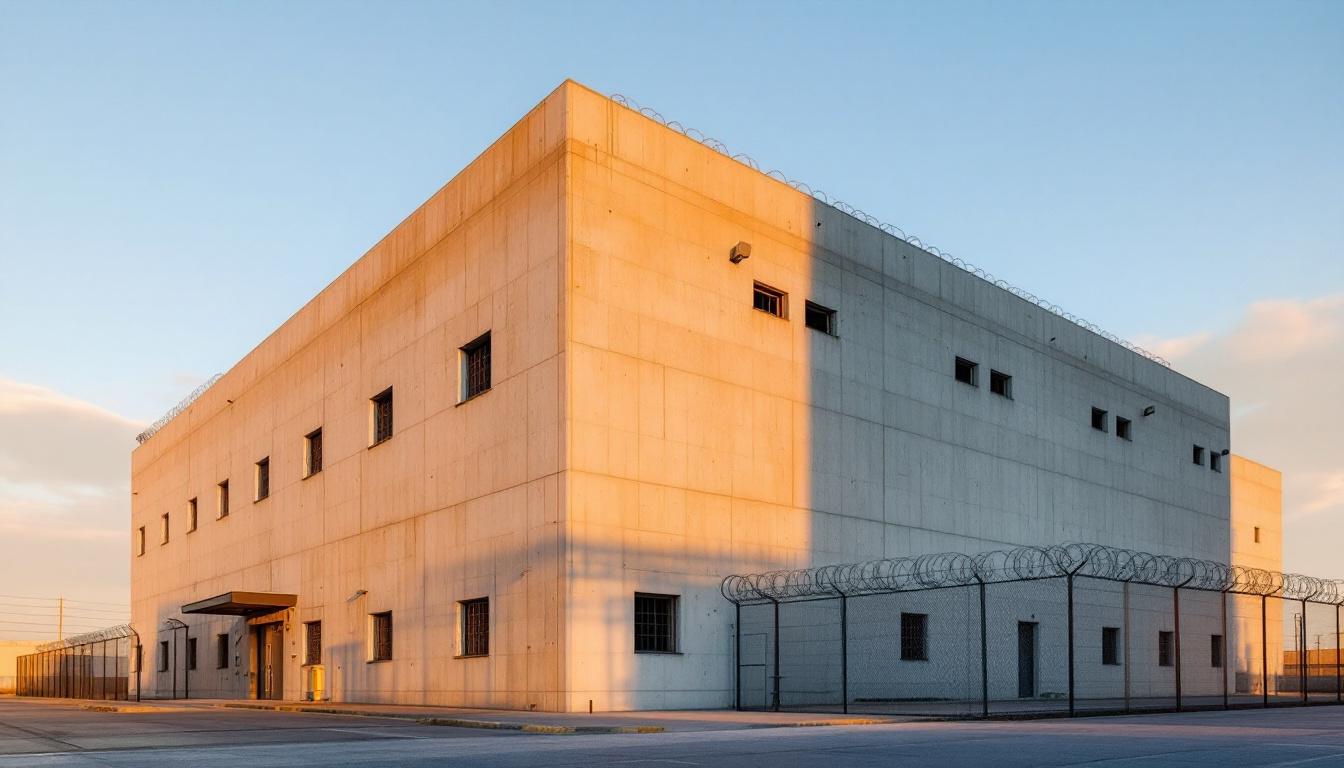
Quick Navigation
How to contact an inmate at United States Penitentiary - Tucson
This comprehensive guide will walk you through how to connect with an inmate at United States Penitentiary - Tucson. Follow the steps below to find an inmate and send letters and photos:
- Search for the inmate using our search tool below
- Create your account or log in to Penmate
- Write your message (up to 6,000 characters)
- Send instantly - inmates receive printed copies daily
Find an Inmate
Search for an inmate to start communicating today
Tip: You can search by first name, last name, or inmate ID number
To contact a person at United States Penitentiary - Tucson start by searching for the person on the official facility website. Perform a search by following these steps:
- Step 1: Enter their first name and last name into the search form and click "Search"
- Step 2: Locate their inmate record
- Step 3: Write down their Inmate ID and any housing information provided
Important! Be sure to enter the person's full name. Nicknames should not be used.
How to Send Messages to Inmates

You can use your phone or computer to send emails, letters, and photos to an inmate. Messages are sent electronically to inmate tablets or kiosks at the facility. If you would like to send a message, start by searching for an inmate at United States Penitentiary - Tucson.
Sending Photos and Postcards

A great way to send love and support to a loved one at United States Penitentiary - Tucson is to send photos and postcards. It only takes a few minutes to send photos from your phone and it makes a huge difference. You can also mail postcards with words of support and inspiration, or design your own postcard for special moments like birthdays and holidays.
Important! Be sure not to send any explicit photos or they may not be approved by the facility. You can also use a photo printing app like Penmate to make sure your photos are printed at the correct size (4x6 or 3x5) and are mailed according to the rules and regulations of United States Penitentiary - Tucson.
Frequently asked questions about United States Penitentiary - Tucson
-
How long does it take to deliver a message?
If you're sending an email message your letter is usually delivered within 24-48 hours. For messages sent via mail you should expect delivery within 3-7 days. All messages will need be approved by United States Penitentiary - Tucson.
-
How much does it cost to send a message to United States Penitentiary - Tucson?
You can send a message free using your phone or mail a message via USPS for the price of a $0.60 stamp and envelope. You can also purchase credits or e-stamps from services starting at $1.99.
-
What services can I use to contact an inmate at United States Penitentiary - Tucson?
Penmate
You can use Penmate to send letters and photos to an inmate from your phone. It's an easy way to stay in touch during your loved one's incarceration. Use the inmate locator to find an inmate's location and contact information, then you can send messages within a few minutes.
Securus messaging
Securus may be another option for communicating with an inmate at United States Penitentiary - Tucson. You can create a friends and family account and purchase credits to send messages. All messages will be reviewed and must be approved by the facility.
JPay
Some county jails and state prisons may support sending messages with JPay. You must register an account with the system, find your loved one, and purchase stamps to send messages. For some locations you can also attach photos.
Smart Jail Mail
You may also check if Smart Jail Mail is available at United States Penitentiary - Tucson. Smart Jail Mail is operated by Smart Communications and has contracted with some state and county jails. After purchasing credits, your messages and photos are sent to the facility, printed out, and then handed out to your loved one.
-
What is the mailing address of United States Penitentiary - Tucson?
Mailing address:
United States Penitentiary - Tucson
9300 S Wilmot Rd
Tucson, AZ 85756
Phone: (520) 663-5000Business hours:
- Monday: Closed
- Tuesday: Closed
- Wednesday: Closed
- Thursday: Closed
- Friday: 5:00 – 8:00 PM
- Saturday: 8:15 AM – 3:30 PM
- Sunday: 8:15 AM – 3:30 PM
-
What are the visiting hours at United States Penitentiary - Tucson?
Visiting hours at United States Penitentiary - Tucson vary by housing unit and security level. Generally, visits are scheduled on weekends and holidays, with some facilities offering weekday visits. Contact the facility directly at (520) 663-5000 or check their website for the current visiting schedule. Visits typically last 30-60 minutes and must be scheduled in advance.
-
What items are prohibited when sending mail to United States Penitentiary - Tucson?
Prohibited items typically include: cash, personal checks, stamps, stickers, glitter, glue, tape, staples, paperclips, polaroid photos, musical or blank greeting cards, hardcover books, magazines with staples, and any items containing metal or electronics. Only send letters on plain white paper with blue or black ink. Photos must be printed on regular photo paper (no Polaroids). Always check with United States Penitentiary - Tucson for their specific mail policies.
-
How do I send money to an inmate at United States Penitentiary - Tucson?
You can send money to an inmate at United States Penitentiary - Tucson through several methods: 1) Online using JPay, Access Corrections, or the facility's approved vendor, 2) Money orders mailed directly to the facility with the inmate's name and ID number, 3) Kiosks located in the facility lobby, or 4) Over the phone using a credit or debit card. Fees vary by method, typically ranging from $2.95 to $11.95 per transaction.
-
Can I schedule a video visit with an inmate at United States Penitentiary - Tucson?
Many facilities now offer video visitation as an alternative to in-person visits. At United States Penitentiary - Tucson, video visits may be available through services like Penmate, Securus Video Connect, GTL, or ICSolutions. Video visits typically cost $10-20 for 20-30 minutes and must be scheduled in advance. You'll need a computer or smartphone with a camera and reliable internet connection. Contact the facility for their specific video visitation policies and approved vendors.
-
What identification do I need to visit an inmate at United States Penitentiary - Tucson?
All visitors must present valid government-issued photo identification such as a driver's license, state ID, passport, or military ID. Minors must be accompanied by a parent or legal guardian who can provide the minor's birth certificate. Some facilities require visitors to be on the inmate's approved visitation list, which may require a background check. Contact United States Penitentiary - Tucson for specific ID requirements and visitor approval procedures.
-
How can I find out an inmate's release date?
To find an inmate's release date at United States Penitentiary - Tucson, you can: 1) Use the online inmate search tool if available, 2) Call the facility's records department, 3) Contact the inmate's case manager or counselor, or 4) Have the inmate provide this information during a call or visit. For privacy reasons, some facilities only release this information to immediate family members.
Facility Overview
Contact Information
United States Penitentiary - Tucson9300 S Wilmot Rd
Tucson, AZ 85756
Phone: (520) 663-5000
Official Website
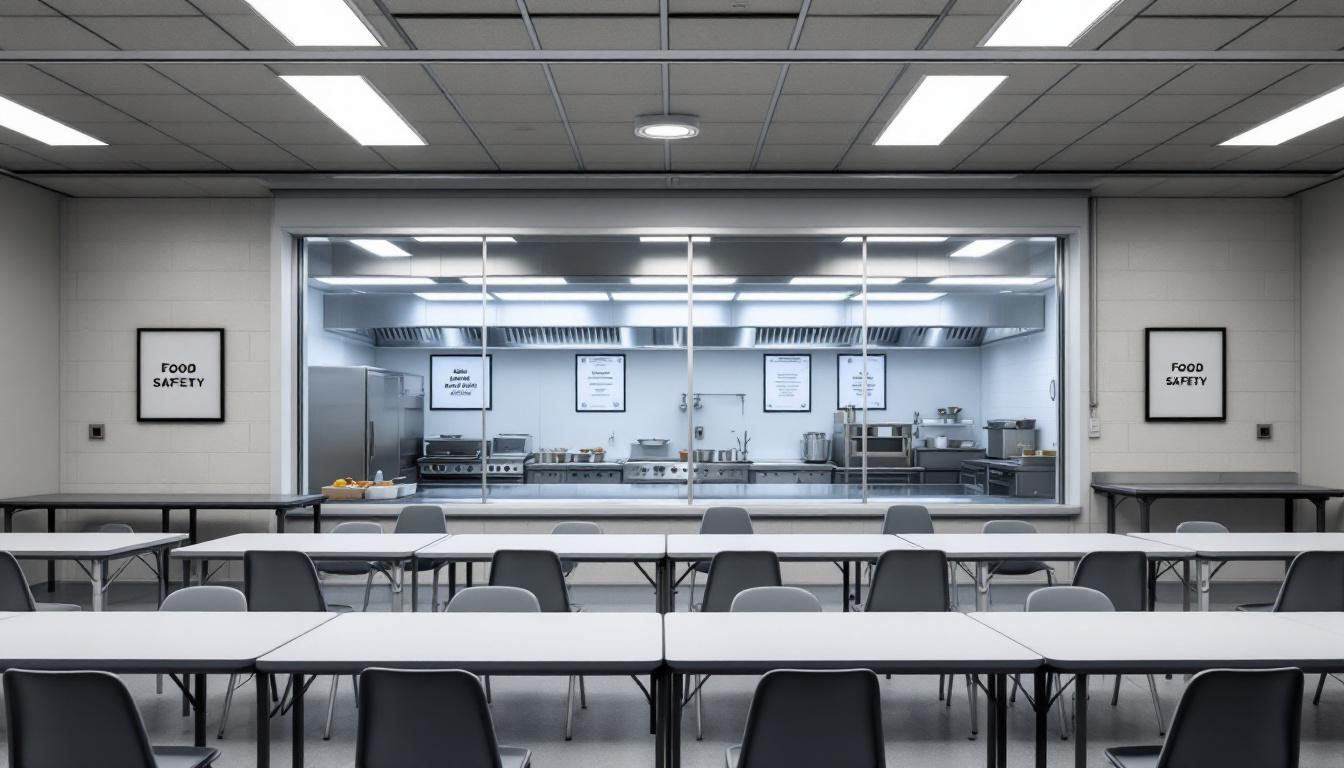
About United States Penitentiary - Tucson
Nestled within the Sonoran Desert landscape of Tucson, AZ, this federal correctional facility serves as a significant component of the region’s approach to incarceration and rehabilitation. USP TUCSON operates within Arizona’s broader correctional framework, housing federal residents who participate in various programs designed to support their eventual reintegration into society. The facility’s desert setting provides a comprehensive backdrop for correctional operations, where residents typically engage with educational opportunities and vocational training programs that may help prepare them for life beyond incarceration.
The AZ correctional facility emphasizes residents services that often include basic educational programming, substance abuse treatment options, and work assignments that can provide valuable skills development. These programs generally align with federal correctional standards and may incorporate elements specifically relevant to the southwestern region’s employment landscape. Mental health services and medical care are typically available to address the diverse needs of the resident population, while recreational activities may help maintain physical and emotional well-being during incarceration.
Through its integration with state correctional goals, USP TUCSON contributes to Arizona’s broader rehabilitation efforts by providing structured programming that may reduce recidivism rates. The facility’s location in Tucson allows for potential community connections that could support residents’ transition planning, though specific partnerships may vary over time. Staff members generally work to maintain security while supporting educational and therapeutic initiatives that serve both individual residents and the broader goal of public safety through effective rehabilitation programming.
Programs & Services
Rehabilitation-focused initiatives at USP Tucson center on building practical skills and addressing underlying challenges that residents face. The facility’s approach typically emphasizes personal development through structured learning opportunities and therapeutic interventions. These initiatives may deliver comprehensive support designed to help residents develop both academic foundations and life skills necessary for successful reintegration.
Educational initiatives often include basic literacy programs, GED preparation, and post-secondary coursework opportunities. Special education services may be available for residents with learning disabilities or developmental needs. Civic education components typically cover topics such as financial literacy, legal rights, and community responsibilities. These educational foundations often serve as stepping stones to vocational training programs that may include construction trades, food service, and facility maintenance skills.
In addition to this educational framework, therapeutic and support initiatives address various resident needs. Substance abuse treatment programs typically utilize evidence-based approaches to help residents overcome addiction challenges. Work programs may provide opportunities in areas such as laundry services, kitchen operations, and facility upkeep, allowing residents to develop job skills while contributing to daily operations. Arts and crafts initiatives often serve as both recreational outlets and skill-building opportunities, helping residents develop creativity and fine motor skills that may transfer to future employment situations.
Daily Life & Visitation
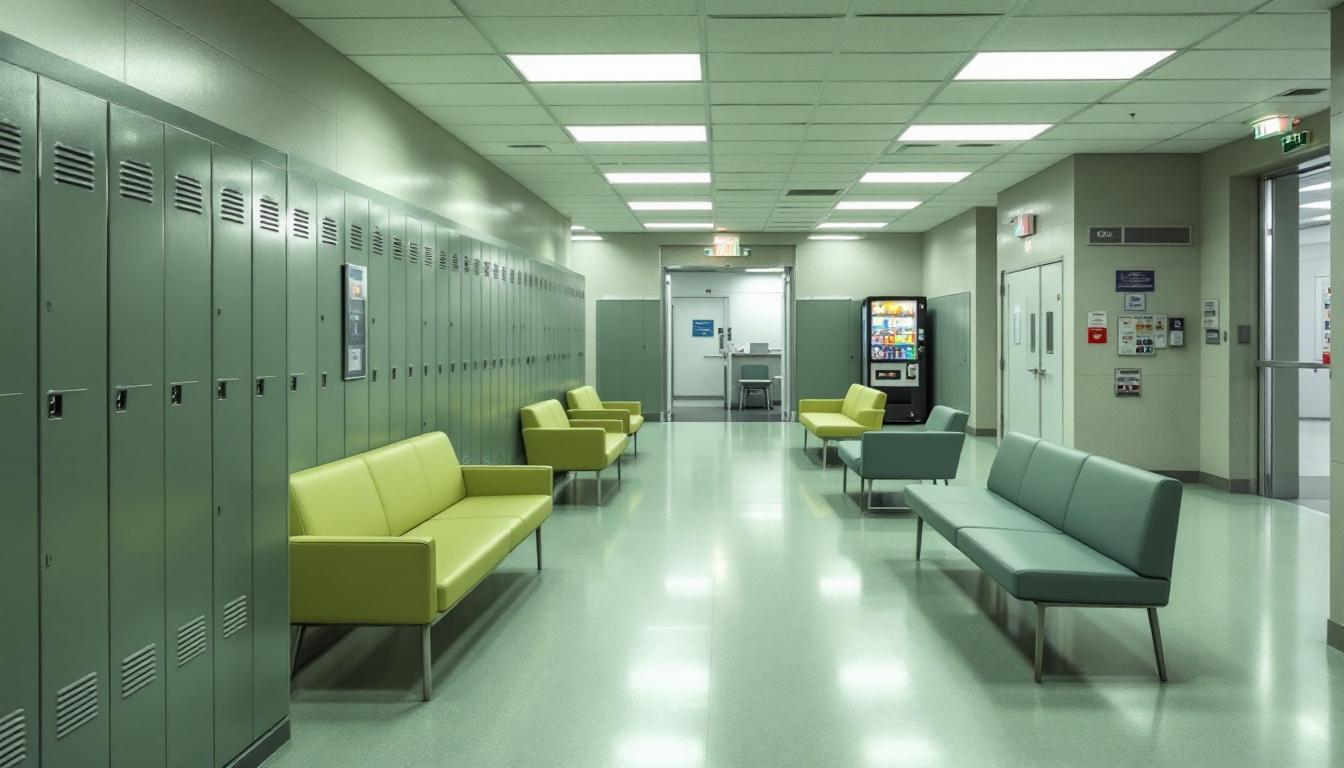
Structure forms the backbone of every day, with carefully planned schedules that residents follow from morning wake-up calls through evening count procedures. At present, the daily routine actively begins before dawn with scheduled wake-up times, followed by cell inspections and preparation for the day ahead. Residents typically move through their assigned activities in organized groups, with staff supervision ensuring orderly transitions between housing units, work assignments, and common areas.
Housing arrangements generally place residents in double-occupancy cells within secure housing units, where they maintain personal belongings within established guidelines. Each housing unit typically includes common areas for television viewing and quiet activities during designated recreation periods. Meals are served in the main dining facility at scheduled times throughout the day, with residents moving in organized groups according to their housing assignments. The commissary operates on a regular schedule, allowing residents to purchase approved personal items and food products to supplement their daily needs.
In addition to this structured foundation, residents may participate in various work assignments that deliver both routine and skill development opportunities. Educational programming and recreational activities typically include library access, physical fitness opportunities in designated exercise areas, and organized sports when weather and security conditions permit. Despite this structured environment, family connections remain important through scheduled visitation periods and monitored telephone access, helping residents maintain relationships with their support systems while serving their sentences.
Ready to Connect?
Start communicating with your loved one today
Search for an Inmate
